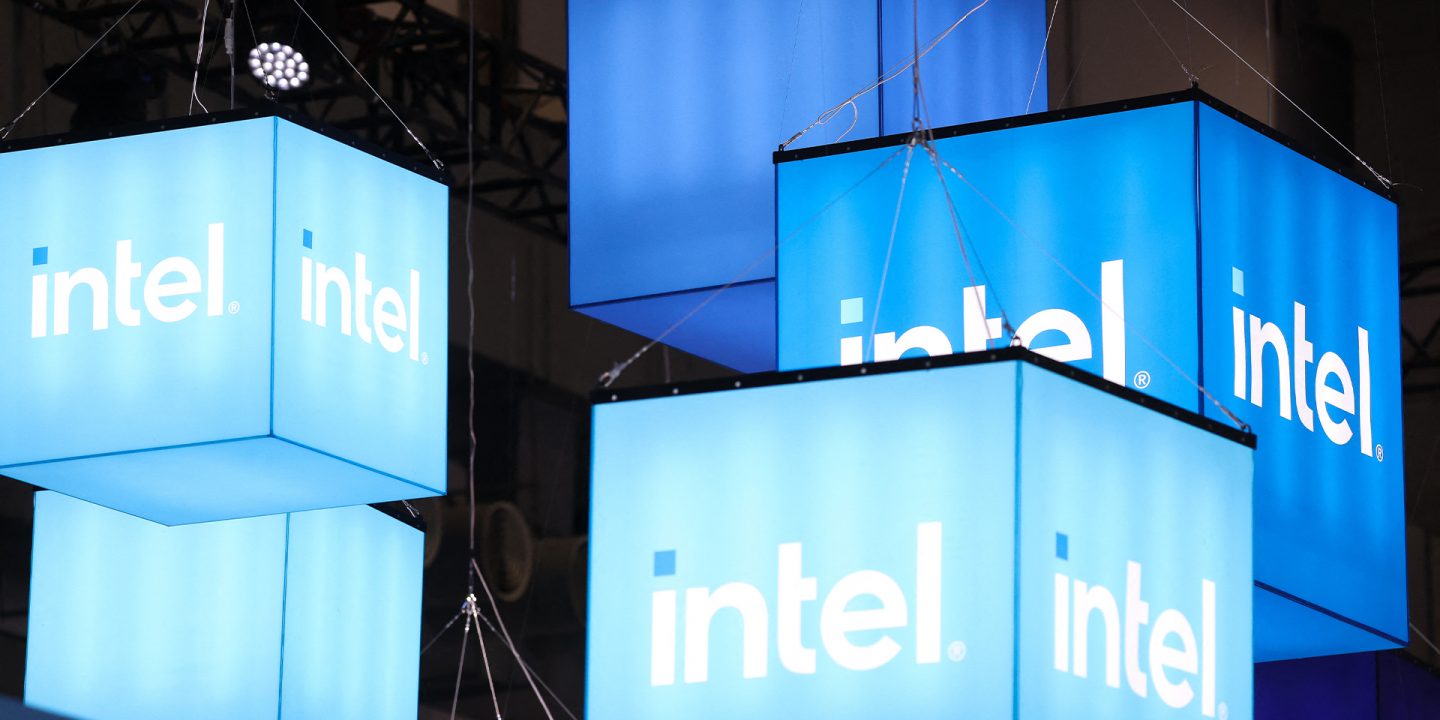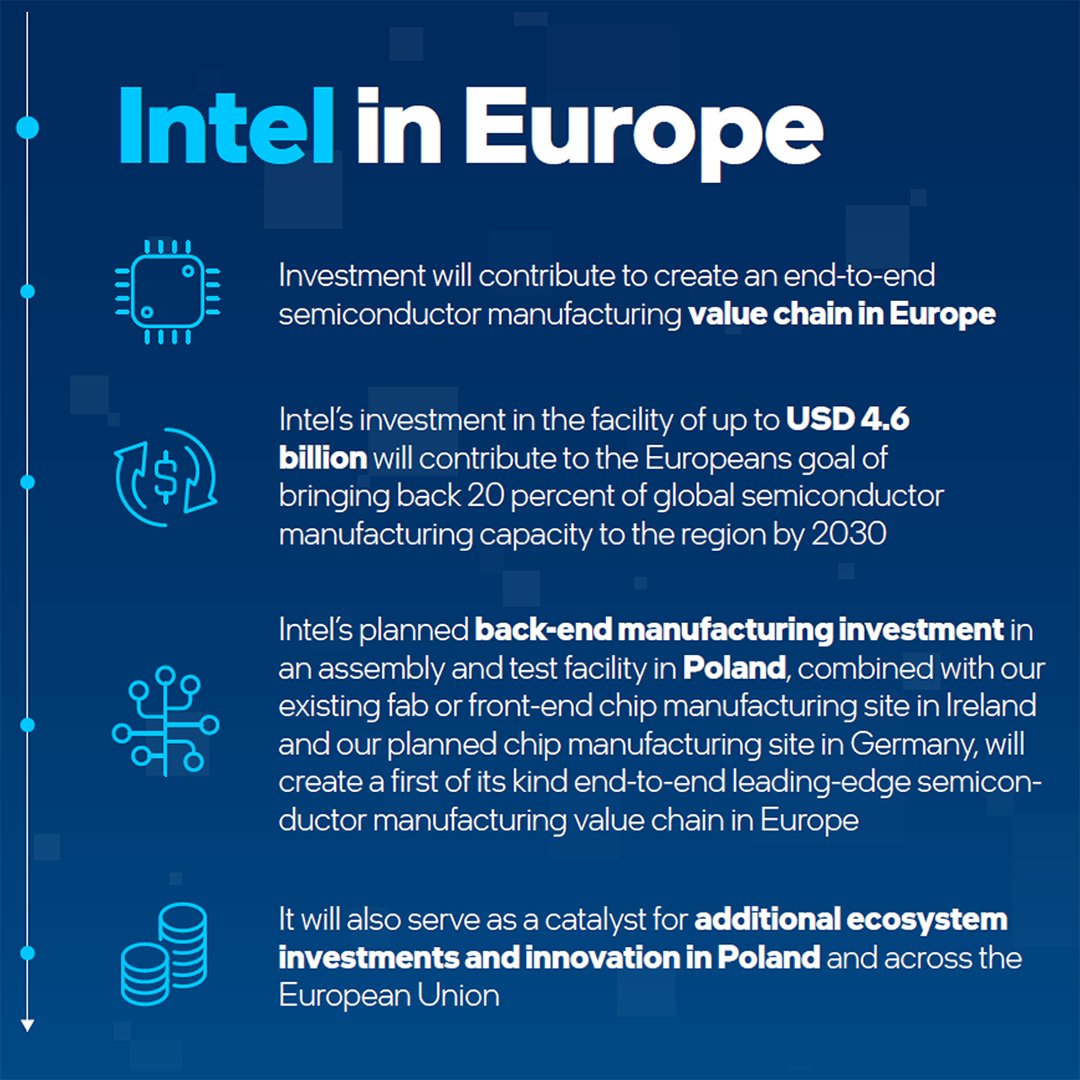
The legal battle between Intel, the American semiconductor giant, and the European Union (EU) has been a significant saga in the realm of antitrust law. This case, which has spanned over two decades, revolves around allegations of anti-competitive practices by Intel in the microprocessor market. Here’s a detailed look at the case, its background, and its implications.
Background of The Case
The origins of this legal dispute date back to 2004. When the European Commission, the EU’s executive body responsible for enforcing competition laws, launched an investigation into Intel’s business practices. The investigation was prompted by a complaint from AMD (Advanced Micro Devices). Intel’s main competitor accused Intel of using illegal tactics to maintain its dominance in the microprocessor market.
In 2009, the EC concluded its investigation and imposed a record fine of €1.06 billion (approximately $1.14 billion) on Intel. They accused Intel of abusing its dominant market position by offering rebates to computer manufacturers like Dell and HP. They are contingent on purchasing Intel processors or delaying the products’s launch featuring rival chips, a practice known as “naked restrictions”.

The Legal Journey
Intel contested the 2009 ruling, and the case has since seen numerous twists and turns:
Initial Appeals
Intel sought to annul the fine, and in 2014, the EU’s General Court upheld the Commission’s decision. However, Intel’s fortunes changed in 2017 when the EU’s highest court. The Court of Justice of the European Union (CJEU) ruled a legal error in the Commission’s analysis, which was reviewed again.
General Court Ruling
In 2022, the General Court annulled part of the 2009 decision, particularly the fine, while still upholding the finding of market abuse through naked restrictions. The judges stated they could not determine how much of the original fine was related to these practices.
Ongoing Legal Challenges
Following the annulment, the EC reimposed a fine of €376 million based on the naked restrictions. While Intel is contesting in court. This ongoing legal battle highlights the complexities and prolonged nature of antitrust litigation in the EU.
Recent Developments
On October 24, 2024, the CJEU upheld the annulment of the original €1.06 billion fine, rejecting all grounds of appeal raised by the European Commission. This ruling marked a significant victory for Intel, allowing the company to move forward while still facing the new €376 million fine. Intel expressed satisfaction with the judgment, indicating a desire to put this part of the case behind them.
The Tech Industry
This case is not just about Intel; it has broader implications for the technology industry and competition law in Europe. The lengthy legal proceedings have drawn attention to the EU’s regulatory framework and its approach to antitrust issues, particularly in the tech sector. They cite the case as an example of the EU’s complex legal processes, which can lead to prolonged disputes that may hinder innovation and competition.

Conclusion
The Intel-EU case exemplifies the challenges and intricacies of antitrust law in a rapidly evolving technological landscape. Since the legal battles continue, both Intel and the European Commission will likely face scrutiny over their practices and policies. Then it shapes the future of competition in the semiconductor market.
Read more on Lifetips.blog














